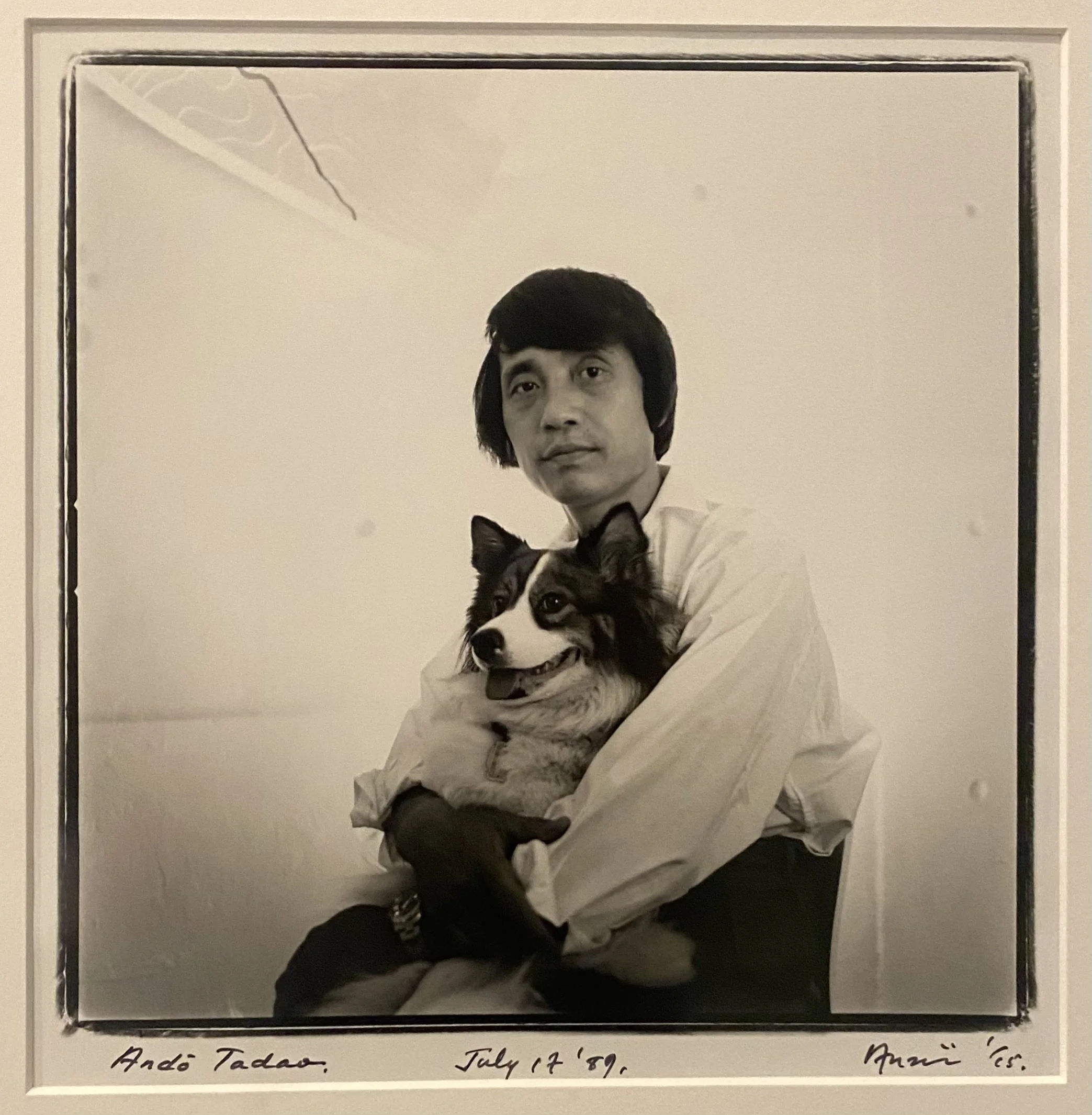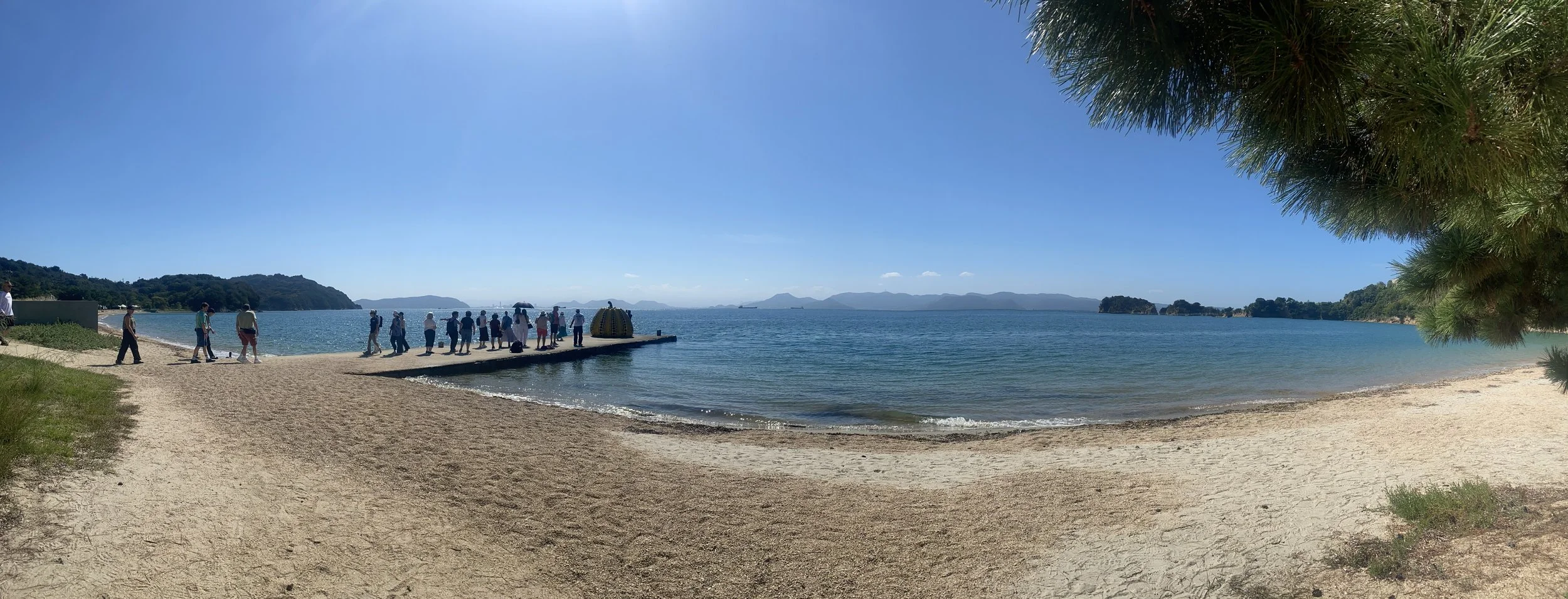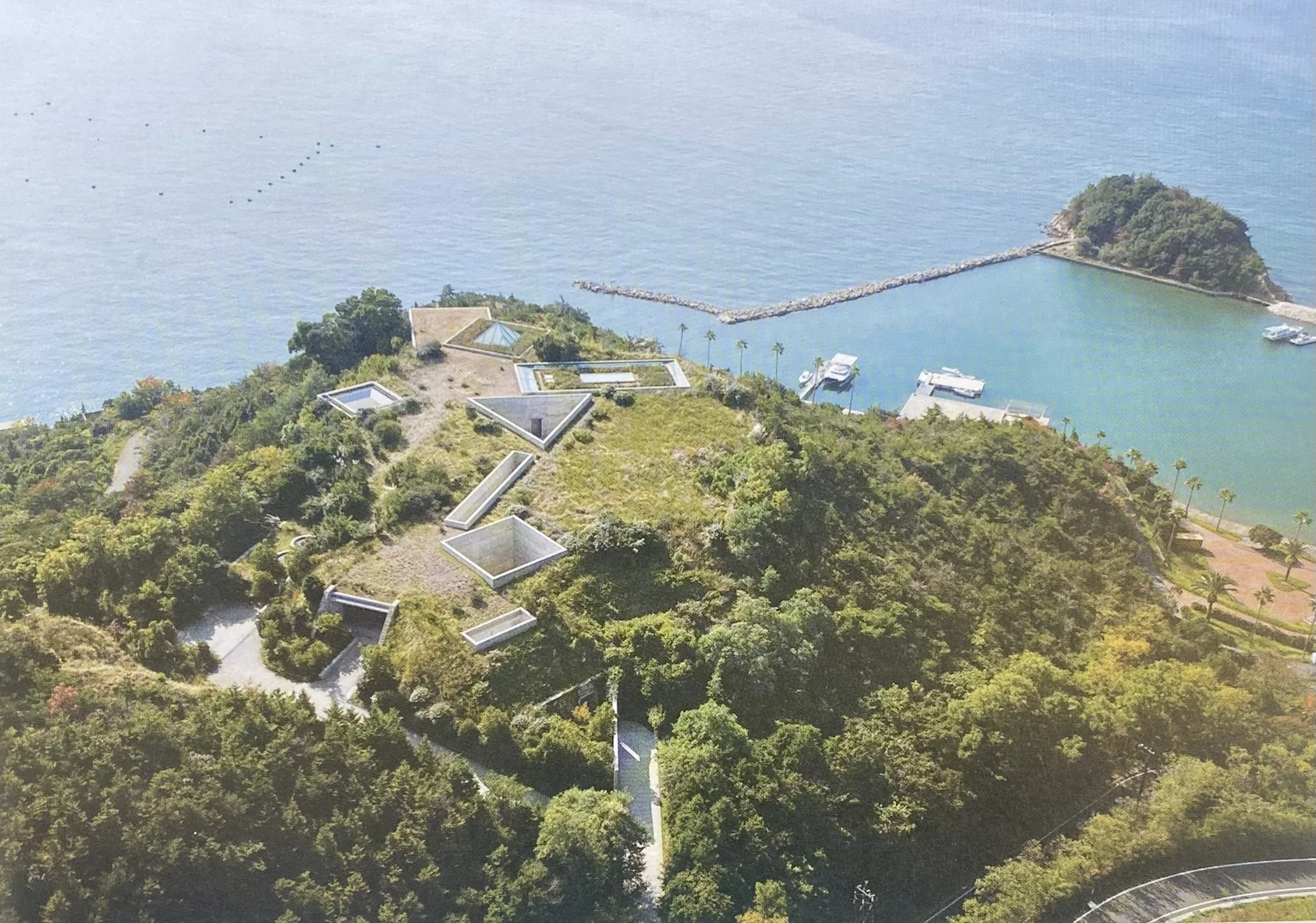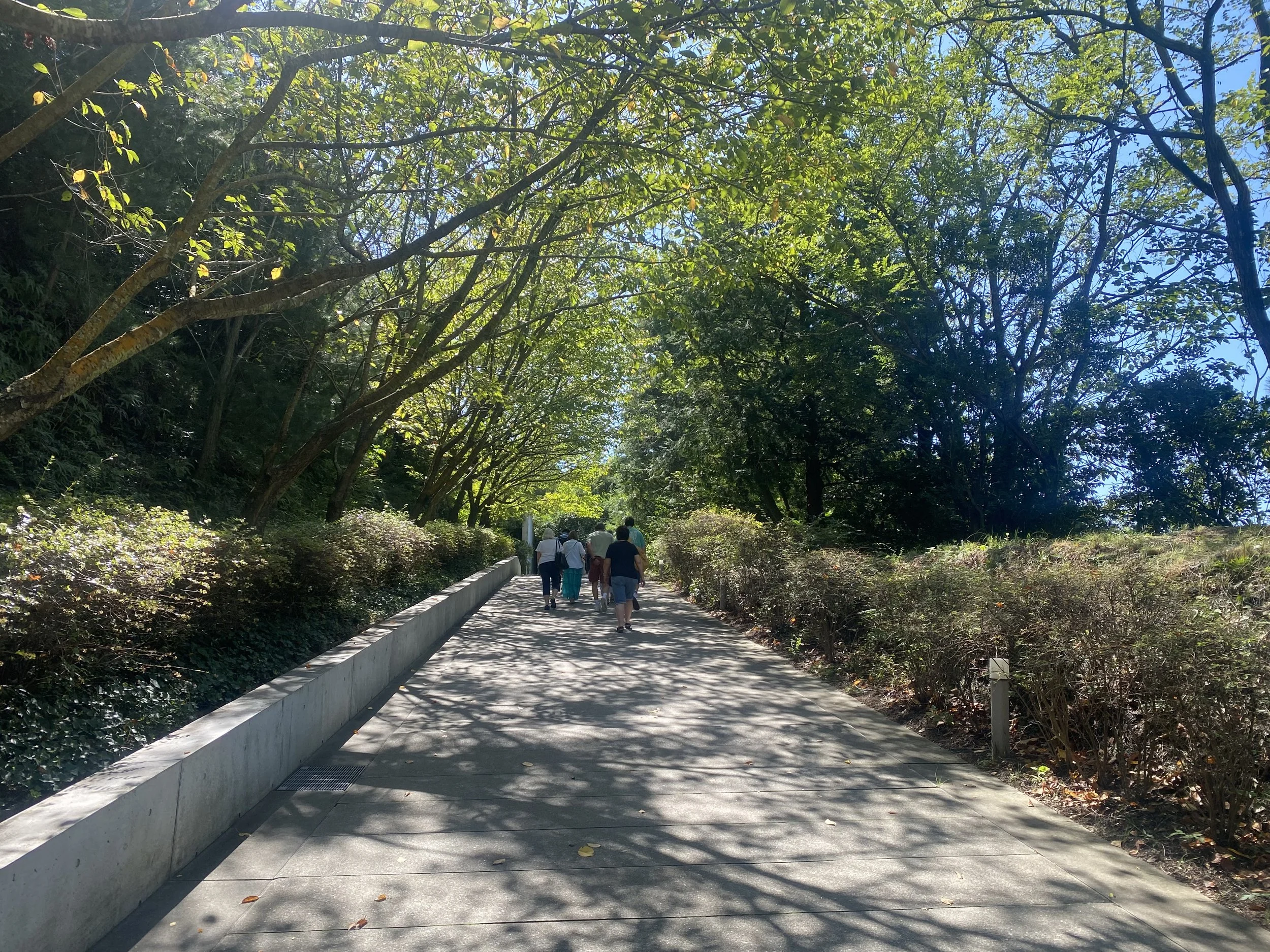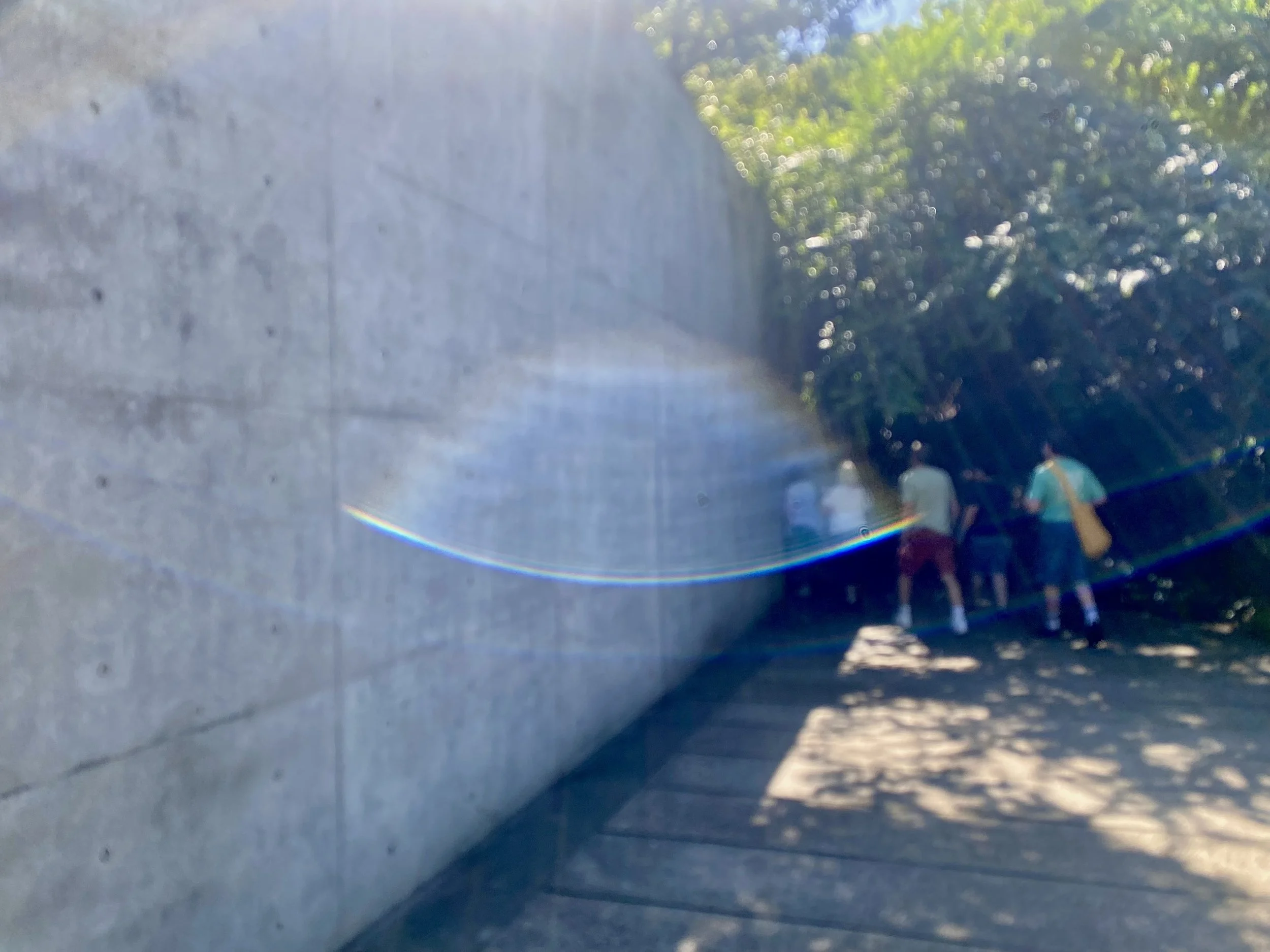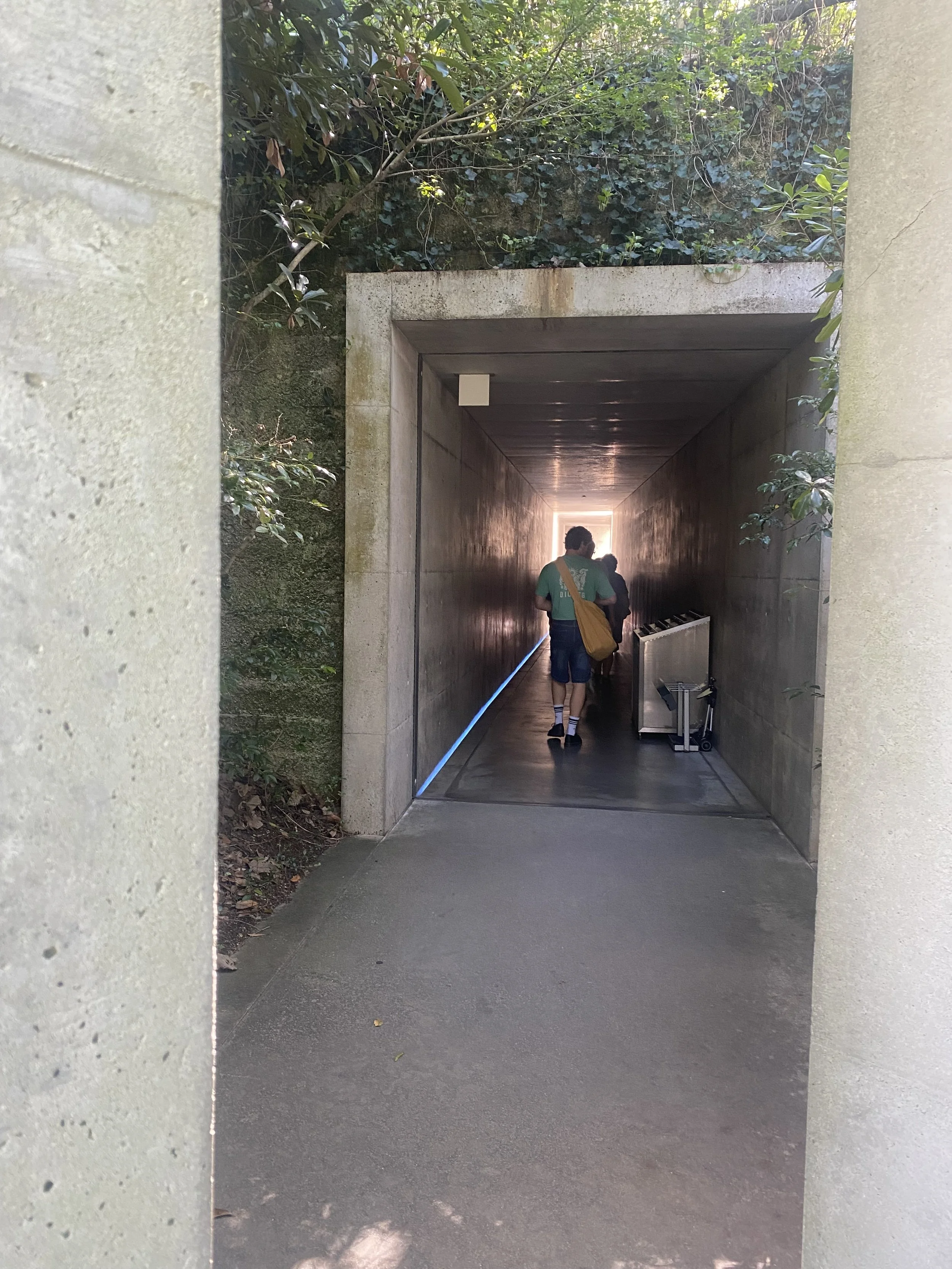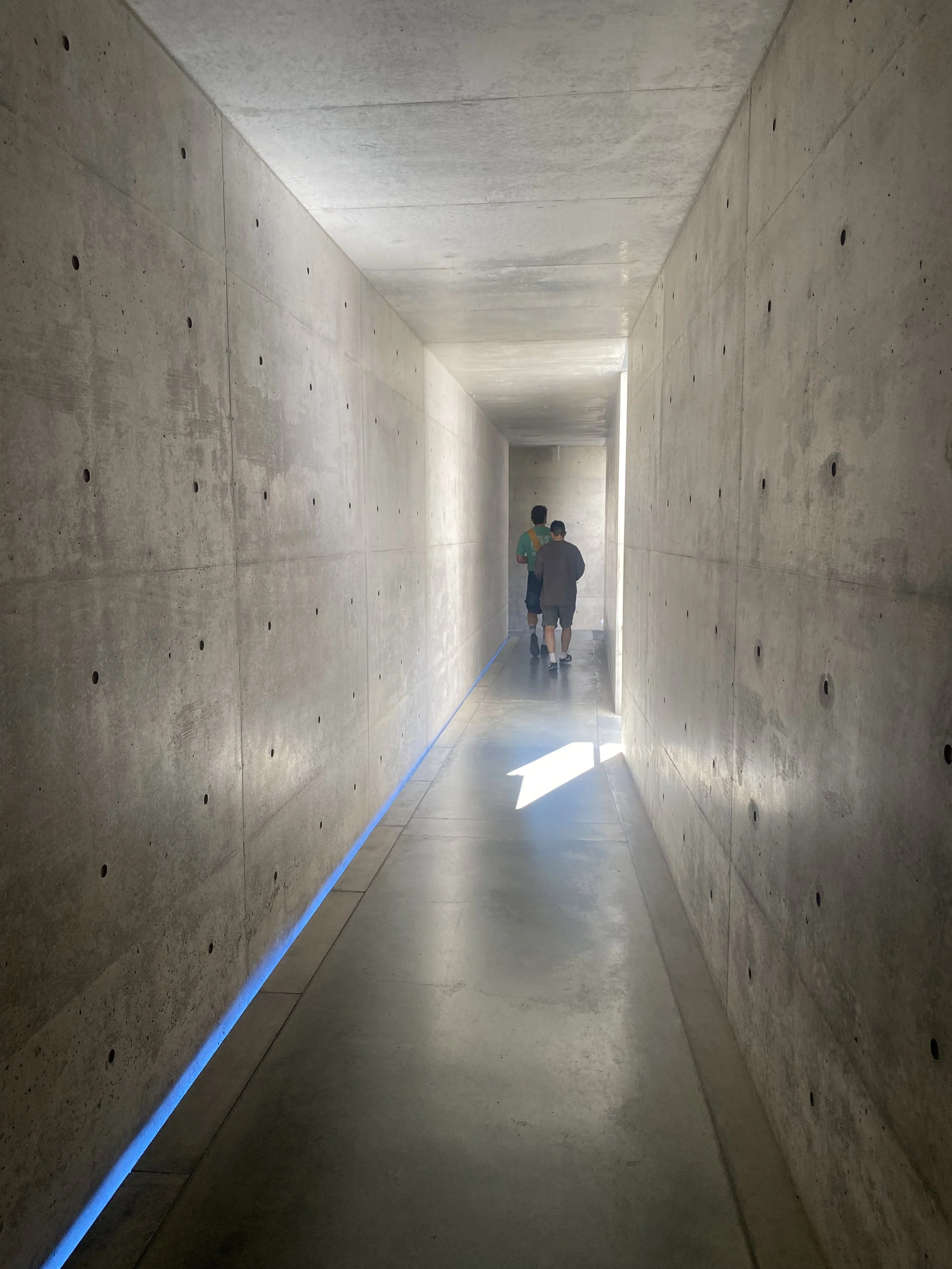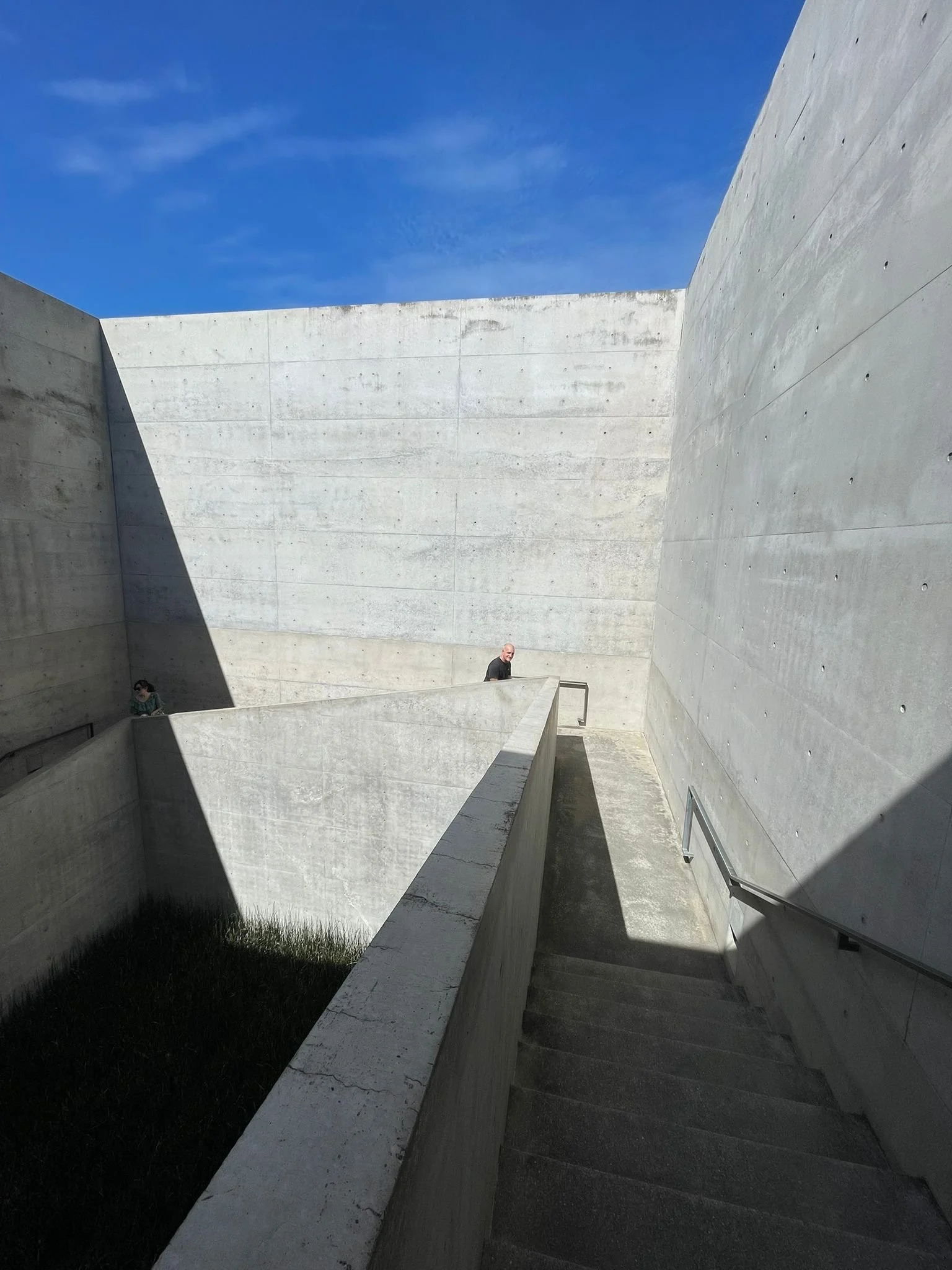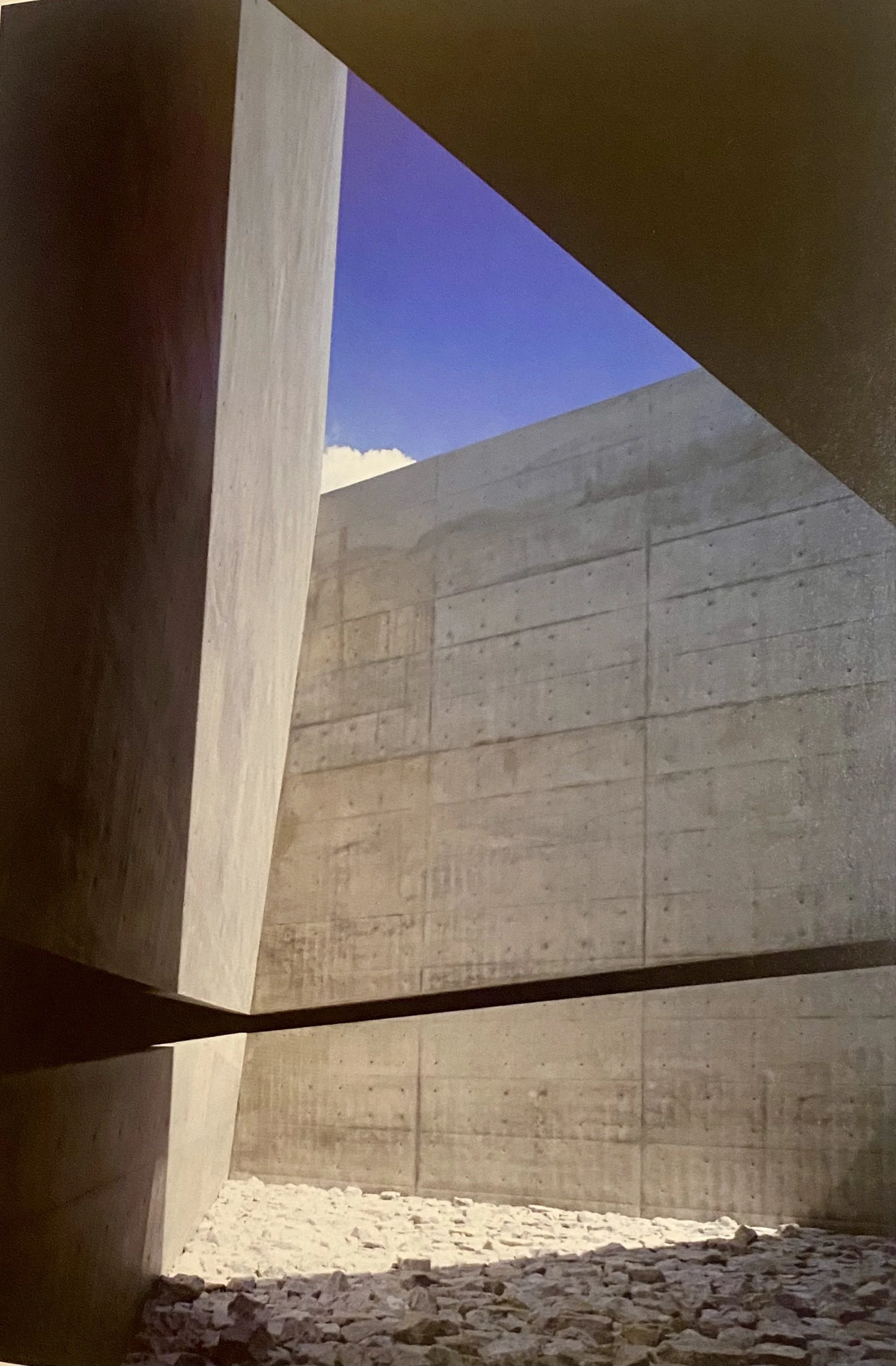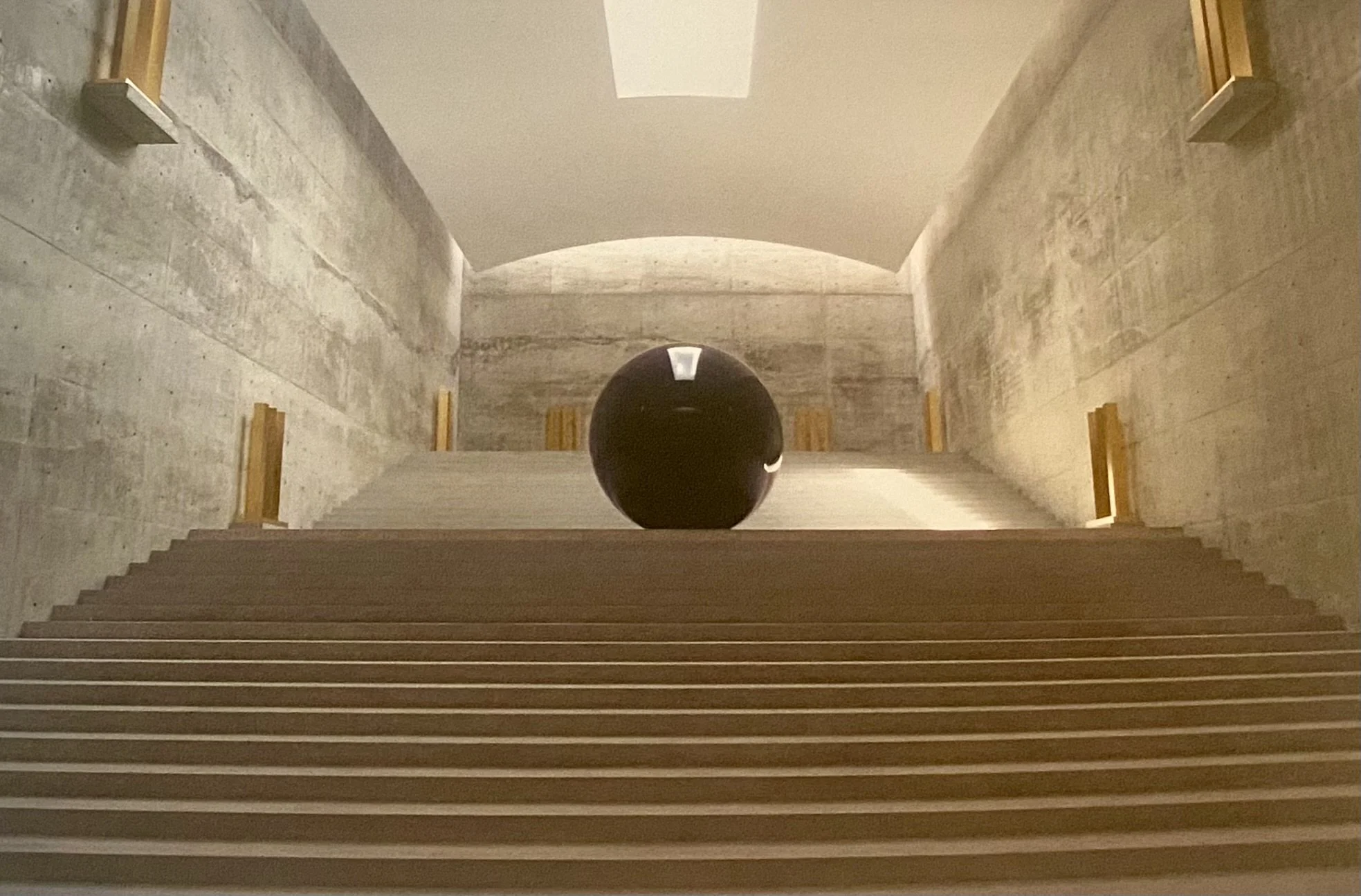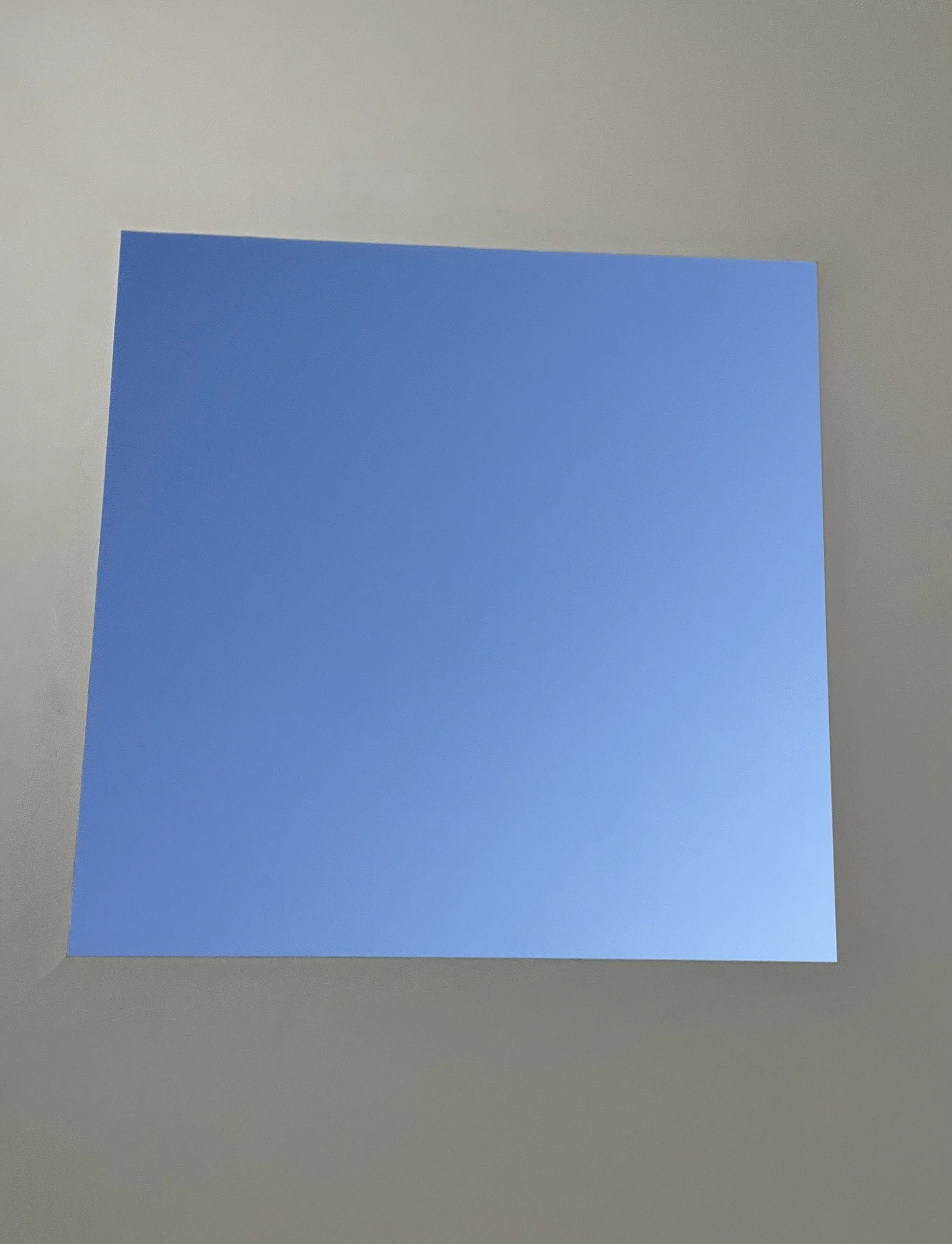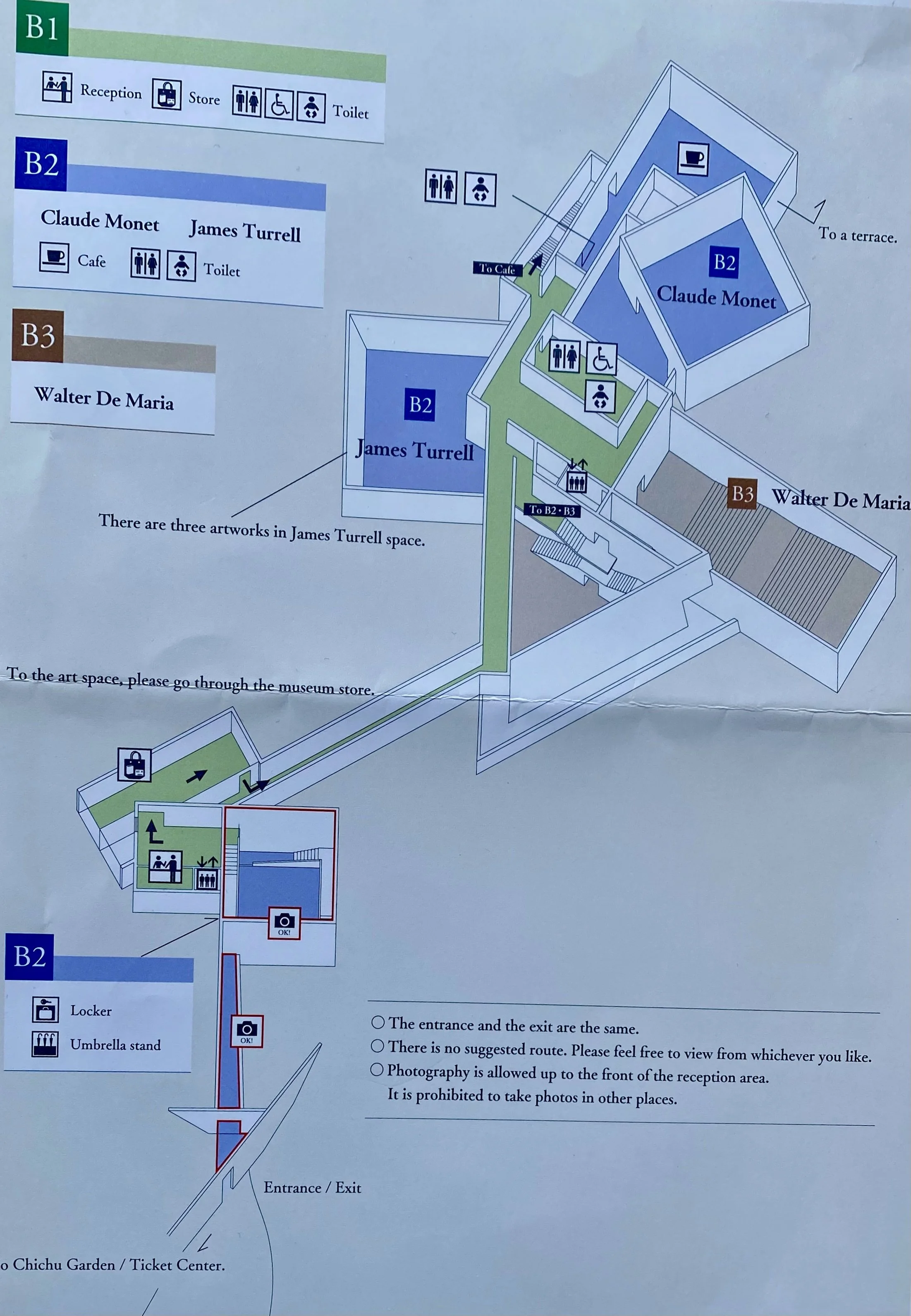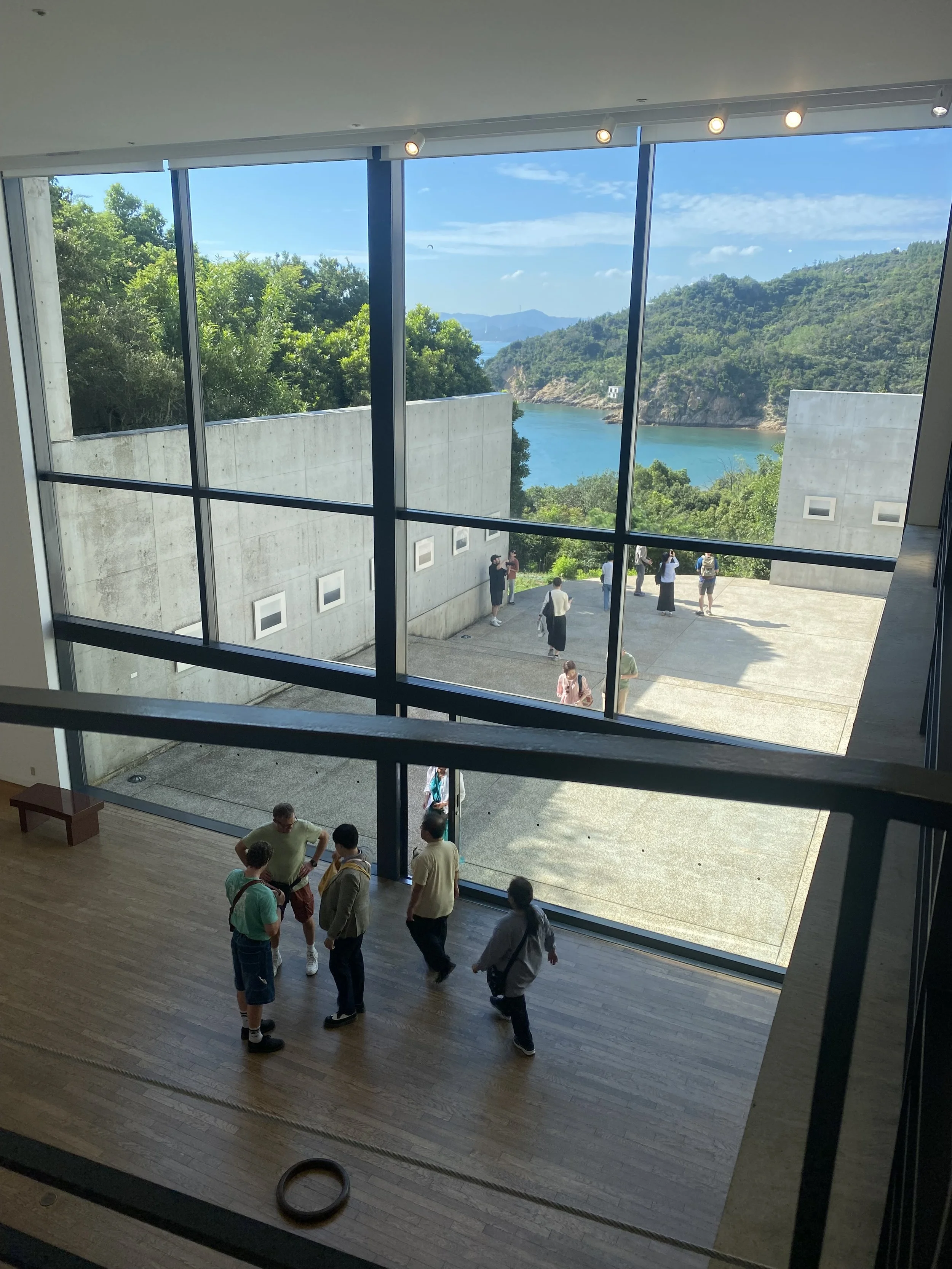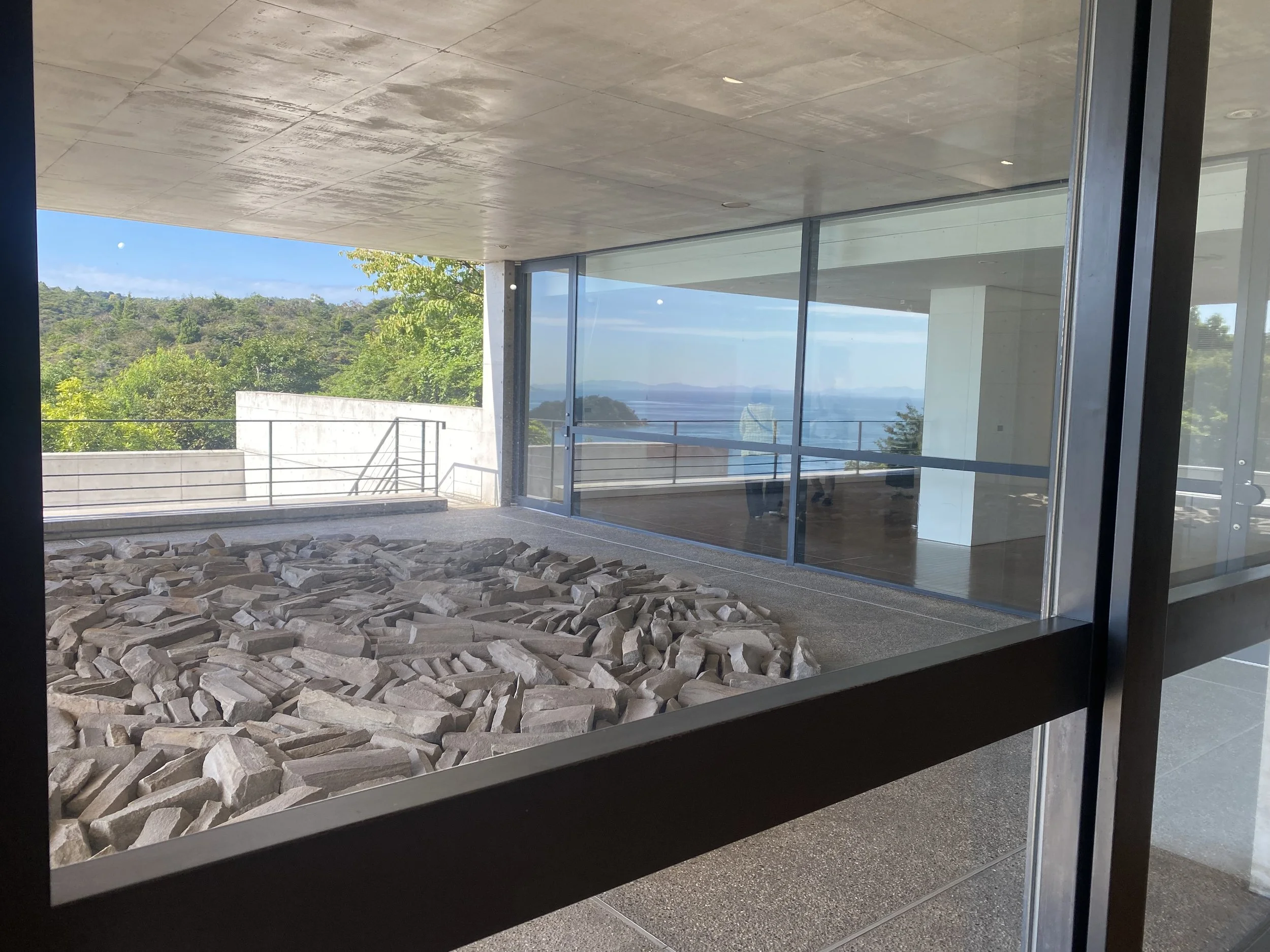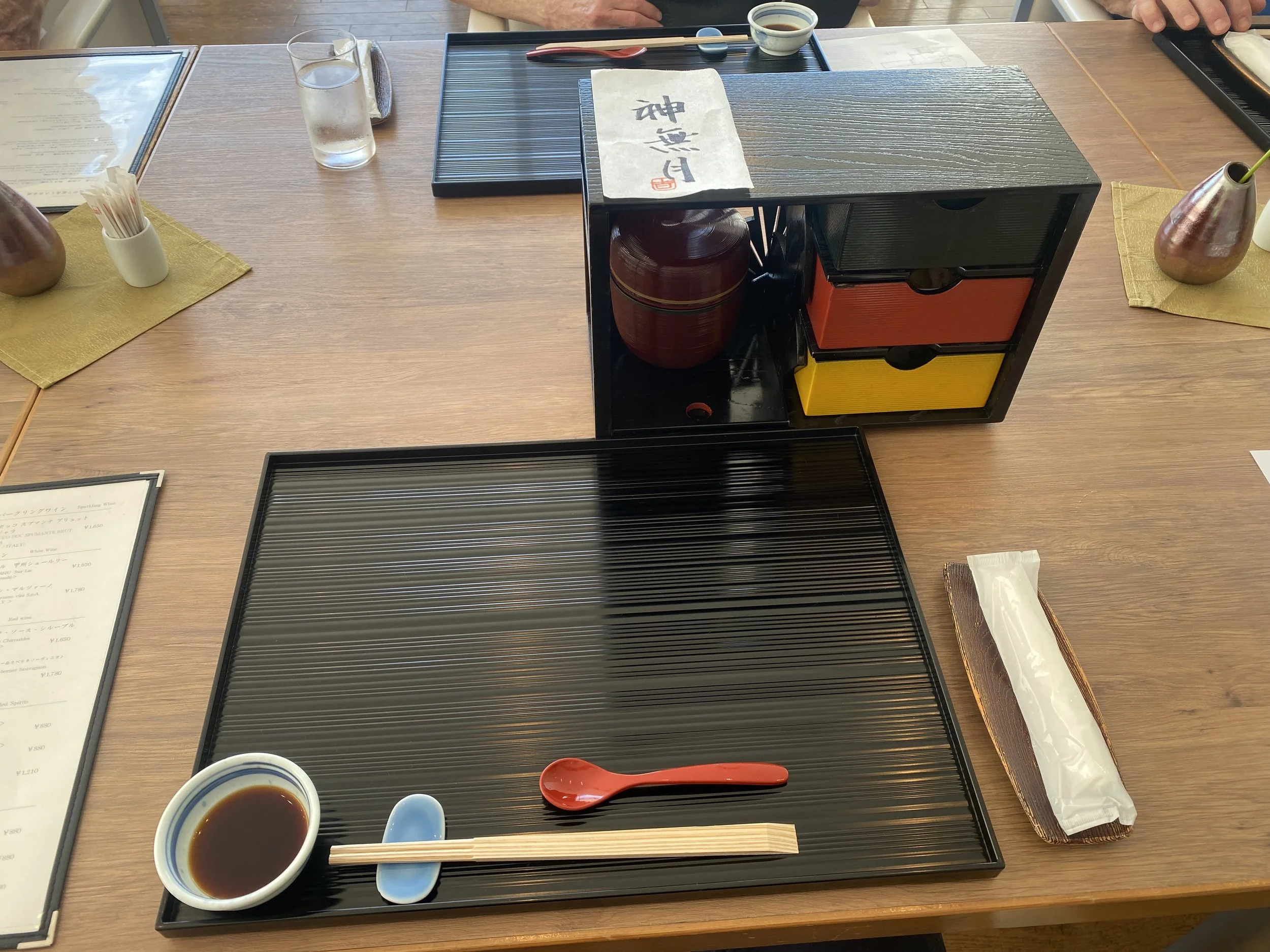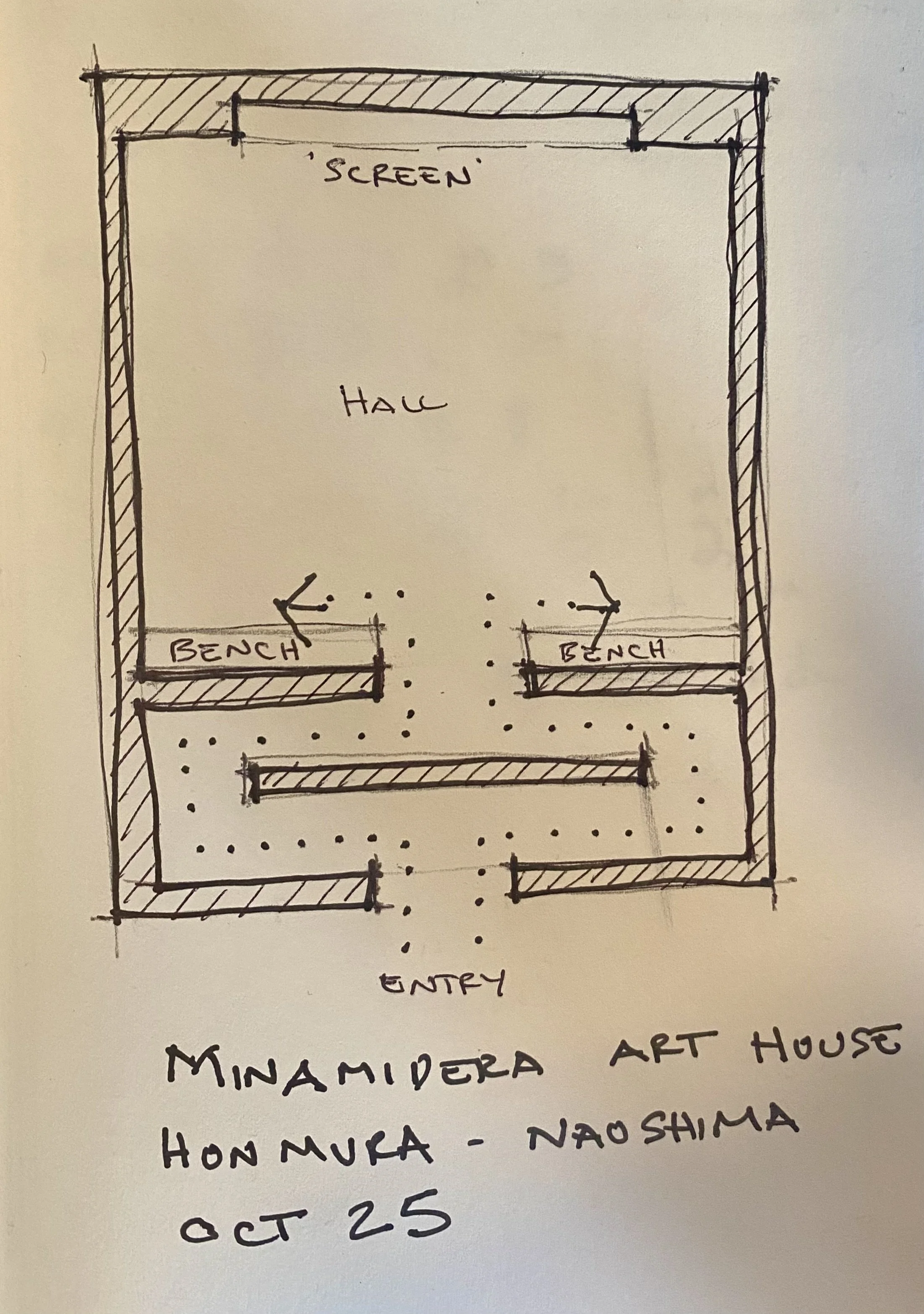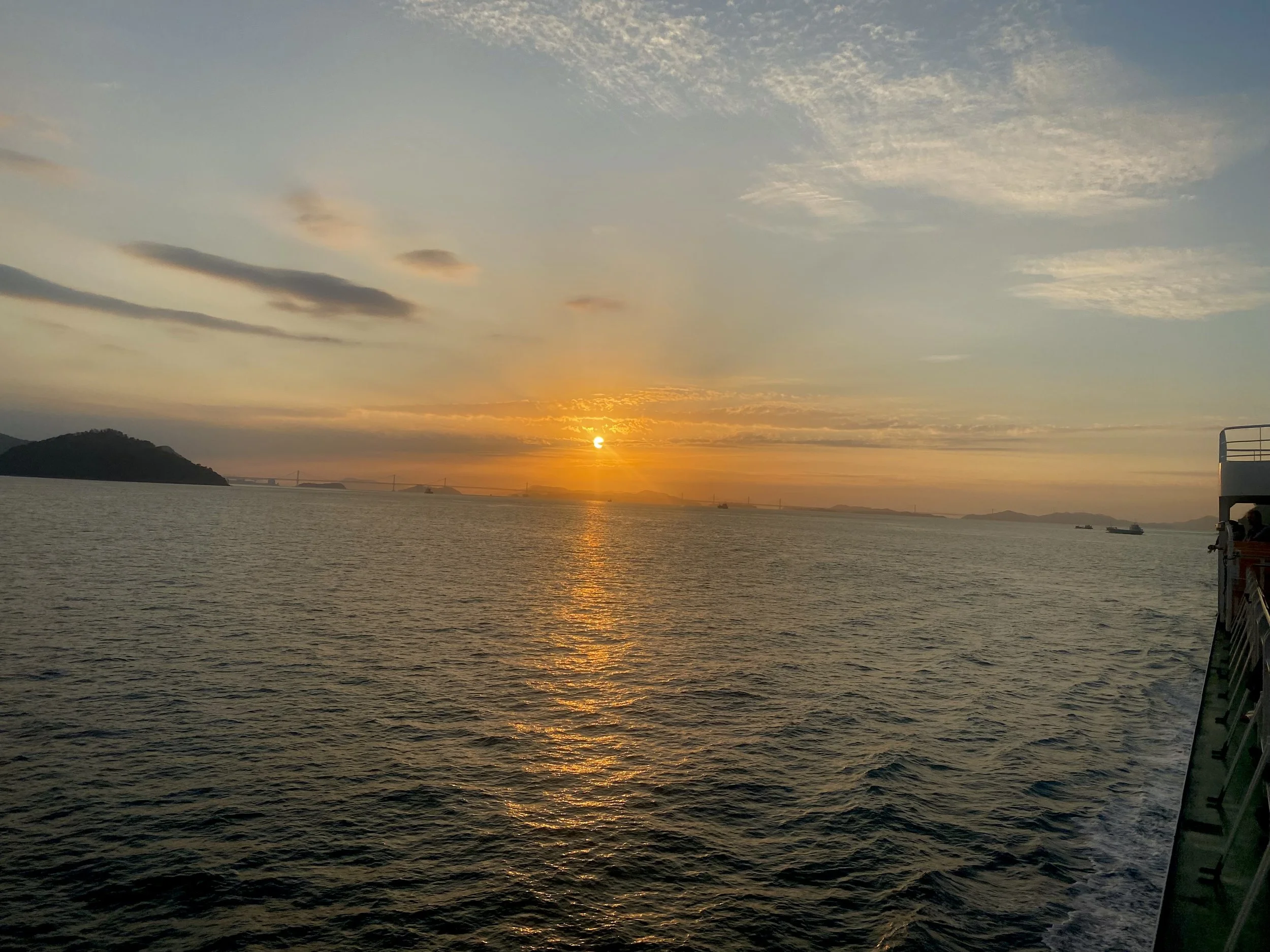Naoshima 直島
7th October
https://youtu.be/cFv5tJ31J8k
The quality of each hotel that we are staying at is rising from the last and here in Tokushima we are spoilt by an exceptional breakfast spread ranging from croissant that could have been made on the Rue Montmartre to pieces of grilled fish that were do doubt plucked from the sea in the last 24 hours. Everything in the design of the hotel is just so and this includes the landscaping around the perimeter. Where in the Uk we might have a few mangey looking shrubs, a bit of patchy grass and a couple of empty cans of Relentless, the Japanese have a carefully assembled piece of garden design with the gentle trickle of water to calm you as you pass. And, as with everywhere we have been in Japan, there is not even a tiny piece of rubbish.
Today we travel to the art island of Naoshima. This was always going to be one of the highlights of our Hidden Japan tour. Conceived in the 1980s the concept of transforming a whole island to a centre for art and culture where every visitor is invited to understand the concept of well being, to come to find peace with nature and to understand their place in the order of things was the brainchild of publisher Tetsuhiko Fokutake. The island was an inconspicuous dot in the Seto inland sea suffering, like many of its neighbouring islands, from over industrialization of copper smelting factories combined with a diminishing population and increasing poverty.
Tetsuhiko Fokutake died soon after but his dream was continued by his son Soichiro and is still expanding relative to its huge popularity.
For the building design Fokutake wanted an architect that understood the ethos of the project and one that would not want to make it all about him. The brief was given: Use what is to create what is to be’ and Tadao Ando, a little known self trained architect, was selected because he was not from Tokyo and would therefore not be preconditioned into over elaborate self fulfilling design solutions.
The project started with small artwork pieces being displayed in open ground and then the first of several amazing buildings; the Benesse Art Museum was completed in 1992. Later in 2004 followed the Chichu (translates to ‘in the earth’) Art Building was completed. We were to visit both today.
We had travelled with the bus on the ferry and this made disembarkment pretty straight forward as well as getting us ahead of the crowds of foot passengers that were also on the boat. Speeding to the first photo opportunity, a big yellow pumpkin by ‘famous’ Japanese artist Yayoi Kusama, I had a sinking feeling that Fokutake’s dream of enlightenment through art had just become a theme park for overweight and over privileged western tourists. In spite of the beautiful setting, lining up to take a photo in front of the pumpkin ‘art’ only seemed to emphasize this view.
Perhaps this state of low expectation contributed to the extreme change in mood that we experienced when we arrived at the next stop; The Chichu Art Museum.
The building is almost entirely underground as Ando did not want to spoil the beautiful natural scenery. Every space within though is naturally lit via various apertures opening up to the sky above.
The journey to and through the building starts with a simple ramp rising up to one side of the hill that conceals the building. Dappled light through trees lit the way and a feeling of peace came with it. But for a time shift in the materials used we could have very well been walking up to a Buddhist temple.
At first, the top of this ramp, it appeared that we had been led to dead end with only a long high concrete wall to one side. Then we notice a small opening at the end of the wall like an opening into a cave. Ahead the party disappear out of view one by one and, at the end, I follow.
The strange light in this photo and the blurriness of the people evokes the feeling that we may as well have been sucked up into an alien craft as we passed through the portal gate.
Immediately you enter into a surreal new world where your senses are messed with at every turn and with every new space. It’s dark and slightly claustrophobic in the first corridor with only a small strip of light at either side of the path. The clattering noise from steps on concrete and people’s voices echoes off the hard surfaces as the corridor narrows slightly to emphasize the length.
The daylight at the end of the tunnel draws you forward and then you are thrust into the first open space. Everything is suddenly quiet and peaceful again. The courtyard is square with a ramp raising up around the perimeter. References to entering a fortress town like Dubrovnik are clear and the stones on the ground evoke arriving from a boat across a gravel beach.
The daylight at the end of the tunnel draws you forward and then you are thrust into the first open space. Everything is suddenly quiet and peaceful again. The courtyard is square with a ramp raising up around the perimeter. References to entering a fortress town like Dubrovnik are clear.
The enticing gift shop marks the entrance to the building proper and not photography is allowed from this point on. A shame but it gave me a great excuse for the coffee table book purchase that I made from which the following images are taken from.
Next another sequence of sloping corridors, one open to the sky but with walls that sloped away from vertical on each side and another which wrapped around a second courtyard but this time the only teasing view was through a gravity defying slot angled with the gradient of the path.
At the end of the slope we are ejected like laundry at the bottom of a chute into the underground hall of the museum proper. Eerie light creeps in from above and there is a hushed awe like being in a place of worship as people shuffle into line to remove their shoes before entering the first exhibition room.
A permanent display of several Monet’s water lily paintings from late on in his life are spread around the large room. The impression of movement within the art was enhanced by the subtle and ever changing natural light pouring down the walls from above.
Next we descend further into the heart of the mountain and enter a vast chamber where Walter de Maria’s piece ‘Time / Timeless / No Time’ consists of steep processional step rising past a huge onyx orb in the centre whose reflection distort the space and people as they walk by. The play on the mind of nature space and art are at their best here and we are left with a humility of the small part that we each play.
The last of the three display areas features the work of James Turell who really knows how to mess with your eye to brain translation. We are held in one space called ‘Open Sky’ as we wait the enter another. The concept seems simple with a square aperture to the sky above and an understated brushed concrete bench around the edge. It’s clever though because with the slight angle of the seat back all sound is transported upward whilst the relative change of shadow cast by the oculus seems to defy geometric logic as it changes with the movement of the sun.
‘Open Field’ exhibit (for which I have no images so you’ll just have to go and experience it for yourself!) consists of a set of black granite tapered steps in an oblong room with what at first appears to be an opaque fluorescent coloured rectangular screen at the head of the steps that is vibrating with subtle changes of colour. We have already been invited to remove our shoes and we line up eight across at the bottom step. We then walk up together converging slightly as we reach the screen that we suddenly realise is not solid. We step into the field and the space feels endless and all encompassing but really it is probably only a three metre cube. Looking back to the point of entry, the ‘doorway’ looks once more like an opaque wall of colour.
We left the building via the very very popular gift shop. If we had more space in our luggage I think that I would bought at least two of everything!
Seldom have I visited a building that so moved me.
We moved onto the Benesse House museum and to lunch. An earlier piece of Ando’s work felt to me that he was still honing his high impact minimalistic skills. Doubtless brilliant at orchestrating nature with glass and concrete as one harmonious composition as well as creating glorious spaces for exhibiting art, it felt to me a little less dynamic in drawing visitors through the spaces.
For me, the lunch that we had here was the best meal yet of the trip so far. A bento box on steroids was the centerpiece of the immaculate setting that awaited our entry into the food hall. The ceremony and anticipation of drawing out each box to find out what lay within added enormously to the enjoyment of the meal. Truly a feast.
After lunch and a walk around the rest of the art museum we headed into town on our bus where a number of empty houses have had permanent art exhibitions installed. We learn that this activity was resisted at first by the locals in the town but later welcomed when it was realised that the tourists that they attracted was a much needed fillip for the ailing local economy.
It was interesting to see some low scale local vernacular as, so far, everywhere that we have been has been relatively built up in recent decades (apart from the temples and shrines of course but religious buildings are different right?).
Some of the art installations were thought provoking but the most bizarre and challenging was in the last building that we visiting and is worthy, I feel, of some detailed explanation. No photos were allowed within the building so here is a sketch to show the layout and principal components.
The building is another that was designed by Tadao Ando who worked closely with the artist James Tyrell. The input from both are symbiotic in the delivery of the project; the building is the art and the art is the building. Externally there is nothing to see and it was the intention of Ando to make it so. It blends in with the surrounding houses and is just ordinarily simple.
We line up outside and are told by an earnest man in uniform with a clipboard that inside the building is art and we really ought to appreciate it if we know what was good for us. The number of people entering for each session is carefully controlled and some that turn up late or without a booking are turned away grumbling about unfair life is. We are lucky that we have our excellent tour guide Patrick to plan everything ahead of time and are able to wait smugly for our allotted time slot.
We are split into left and right groups and are told to enter with our hand against the walk to help guide us through the initial maze to the bench where we were to sit and wait for five minutes in contemplation of the darkness around us. Passing through the heavy curtains, we entered it pitch black darkness. We stumbled along slowly, bumping into each other with the uncertainty of each step and all the time passing our leading hand across the rough rock like finish of the concrete walls. We felt like intrepid explorers entering into an unknown world, cautious that something might leap out, nervous that the ground may suddenly disappear below us into a fathomless abyss.
These things didn’t happen of course but by the time we had found our place on the bench, our brains were alert and receptive to any new information that they might receive.
Five minutes passed slowly and then, quite suddenly, there was a dim large rectangle of white light on the wall ahead of us. The rectangle brighten slightly during the next minute or so but never became intense. Mr Earnest then informed us that the light had been there since we first entered the room but that it had taken this long for our eyes to adjust.
We were then invited to walk towards the light and, like our ancient ancestors emerging from a cave into the eerie twilight, we did. As with the ‘Field of Light’ rectangle in the Chichu Art Museum his one too was not a solid plane which we discovered with a giggle of surprise as we pushed our hands through it and into the space behind.
Everyone leaving the building afterwards had a smile on their face and all were looking around them with a keener eye.
The point, I suppose, is to demonstrate how your brain receives information in your normal day to day life. Things are mostly how they always are so your conscience filters out all of the bits that are superfluous to your normal operation. So when your brain is challenged like it is here and at the Chichu Art Museum, a whole load of reworking needs to be carried out to process the information coming in. It is a lesson in understanding that there is probably a lot more going on around you every day that perhaps you should be trying to take more notice of rather than just rushing through your life to the inevitable finishing line.
On the way back to the hotel on the ferry we were treated to a spectacular sunset. A perfect end to a fantastic day. Our only regret is that we will be moving on tomorrow and not returning to the inspirational island of Naoshima to see the many more pieces of art that we had missed during our one day visit. With yet another Andy building nearing completion though, there is even more reason for us to make another visit in the future.


